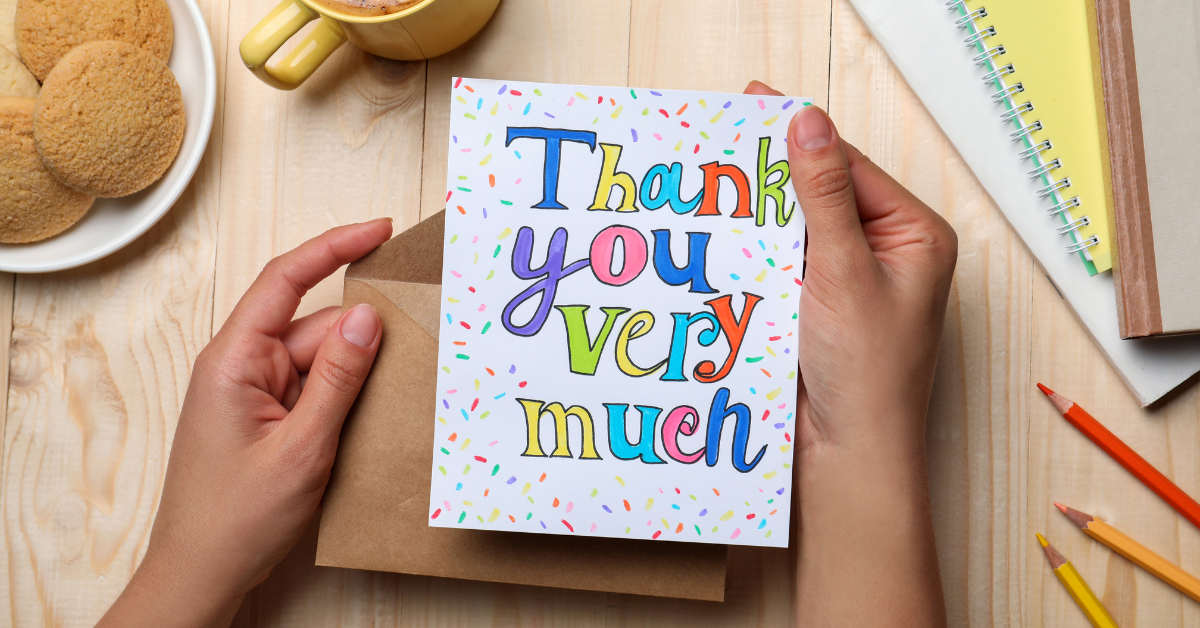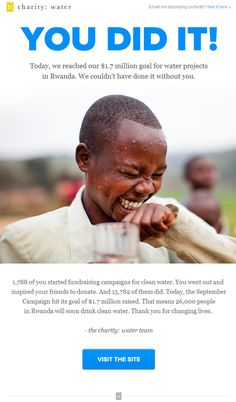Digital Donor Acquisition: How to turn first-time gifts into long-term support

This article was originally published on The Benchmarking Project.
With digital acquisition volumes outpacing traditional channels like direct mail, many non-profits are celebrating the growth in new donor numbers. And rightly so – digital platforms allow you to scale reach, test messaging quickly and acquire supporters at a lower cost.
But here’s the catch.
According to 2025 data from The Benchmarking Project: while digital donors tend to give a higher first gift, their second gift rate often lags behind direct mail. If nonprofits are serious about increasing the lifetime value of digital donors, acquisition is only half the story. What happens after the first gift is what determines long-term success.
Here’s how to bridge that gap and keep more digital donors giving:
1. Build a purposeful new donor onboarding journey
Most digital donors will never make a second gift unless you give them a reason to stay connected. An intentional onboarding journey is your best chance to do that.
What to include:
– A receipt and thank you email from a real person immediately after giving. Consider the tone and style of your email receipt. Is it just transactional or does it build on the emotional connection a donor has when they’ve made that first gift?
– A follow-up email that shares impact: This is a great opportunity to remind the donor the impact they’ve had by choosing your organisation. Keep is cause focused, not organisation led.
– A short email series over the first 90 days, designed to educate, invite further action (e.g. follow us on social, attend an event), and reaffirm their decision to support.
Use plain text whenever possible and keep the tone personal and authentic. Make it feel like a relationship, not a transaction.

Image credit: Charity Water
2. Segment by First Gift Size and Personalise the Journey
Not all new donors are equal, and your strategy should reflect that. Segment your digital donors based on initial gift size to tailor messaging, cadence and asks.
For example:
– Under $50: focus on community-building, low-barrier actions (e.g. surveys, social shares), and invitations to give again.
– $50-$250: deepen engagement with impact stories and early invitations to become a regular giver.
– $250+: these are your digital ‘mid-value’ prospects. Prioritise these donors with more personal touchpoints (e.g. handwritten notes, a call from a fundraiser, invites to exclusive content).
Doing this creates relevance – and relevance drives retention.
3. Maintain Momentum Through Ongoing Engagement
Many digital donors lapse simply because they stop hearing from you or only hear from you when you ask for money.
To avoid this trap, keep the following principles in mind:
– Balance asks with value: For every donation request, send at least one message that informs, inspires or updates.
– Use stories to show impact: Whenever possible, showcase how real lives are changed by the donor’s gift.
– Include soft calls-to-action: For example, Invitations to events, petitions, or social actions.
– Track engagement: Monitor clicks and web visits to identify highly-engaged donors you can nurture further.
And remember: one of the most overlooked retention tools is a ‘thank you for still being with us’ message 2–3 months after the first gift can rewarm lapsed donors and encourage a second gift.
 Impact stories to show how real lives are changed by the donor's gift
Impact stories to show how real lives are changed by the donor's gift
4. Test an Early Second Gift Ask
Timing matters. Some donors will convert more quickly than others, but the next ask should come while the memory of their first gift is still fresh. You also need to frame the next ask as an opportunity. Assume that they are so connected with your cause/mission that they would naturally want to be part of the next ‘appeal/campaign’.
Consider:
– Including a light second ask within your onboarding series, especially if tied to a time-limited opportunity or match.
– Testing different timing windows (e.g. 10 days vs. 30 days) to find your organisation’s sweet spot.
– Using a specific appeal rather than a generic one ‘Help us do more of X’ rather than ‘Support our work’.
5. Lay the Groundwork for Recurring Giving
Recurring donors have higher lifetime value, and digital channels make it easy to upgrade single givers into regular givers.
Strategies to test:
– Include a soft recurring ask in your second or third email ie. ‘Make this impact monthly’.
– Highlight benefits of regular giving (convenience, ongoing impact etc.).
– Run a campaign inviting recent donors to ‘join a special group’ of monthly donors.
Bonus strategy: Segment those who give a second one-off gift and prioritise them for upgrade campaigns. They’re already showing loyalty, so invite them to formalise it.
Digital donors are generous, but without a strategy beyond the first gift, too many of them will slip away. The good news? With thoughtful onboarding, segmentation, and ongoing engagement, your digital acquisition can become a long-term revenue engine.
Think beyond acquisition. Build relationships, not transactions. And you’ll see your second gift rate, retention, and lifetime value grow as a result.